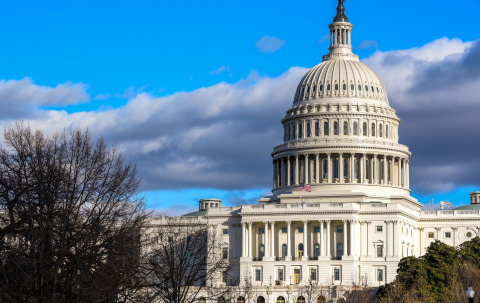The Biden administration’s American Jobs Plan includes a program that would bring $8 million in housing tax credits each year for affordable homeownership in Vermont. Unlike one-time stimulus programs also in the works, the Neighborhood Homes Investment Act (NHIA) would be an ongoing new federal tax credit generating new equity investment dollars for the development and renovation of starter homes in distressed and rural neighborhoods. The NHIA is based in large part on the Low-Income Housing Tax Credit’s track record of success in attracting private investment for developing and renovating affordable rental housing.

Neighborhoods and owner-occupied homes in many Vermont towns need revitalization due to deteriorating housing quality. Unfortunately, home repair for existing homes and construction costs for new homes are higher than what many lower- and middle-income Vermonters can afford. The NHIA tax credit would help bridge the gap between the costs of home repair or construction and the assessed value of distressed properties and neighborhoods.
The funding available through the NHIA would instantly become Vermont’s largest pool of funding for developing affordable homeownership opportunities. The program has significant leveraging potential, stretching the impact of both private and public resources currently available for homeownership. Although the amount of the credit depends on project-specific costs, an estimated $50,000 average credit would rehabilitate or construct about 160 Vermont homes in the state’s distressed census tracts and lower-income rural areas each year, when paired with other funding available such as the Vermont Affordable Housing Credit and Vermont Housing and Conservation Board funding.
The program would target Vermont’s distressed census tracts that have high poverty rates coupled with low household incomes and home values relative to the surrounding area. Based on the latest Census Bureau estimates, Vermont’s qualifying census tracts are located in 17 towns. According to the provisions of the proposed program, 80% of Vermont’s allocation of the new credit would need to be for homes in these census tracts. The remaining 20% could be spent in additional lower-income rural areas in the state. Each state would develop a qualified allocation plan for prioritizing and directing NHIA resources to statewide housing needs.
Read more about the Neighborhood Homes Investment Act.

